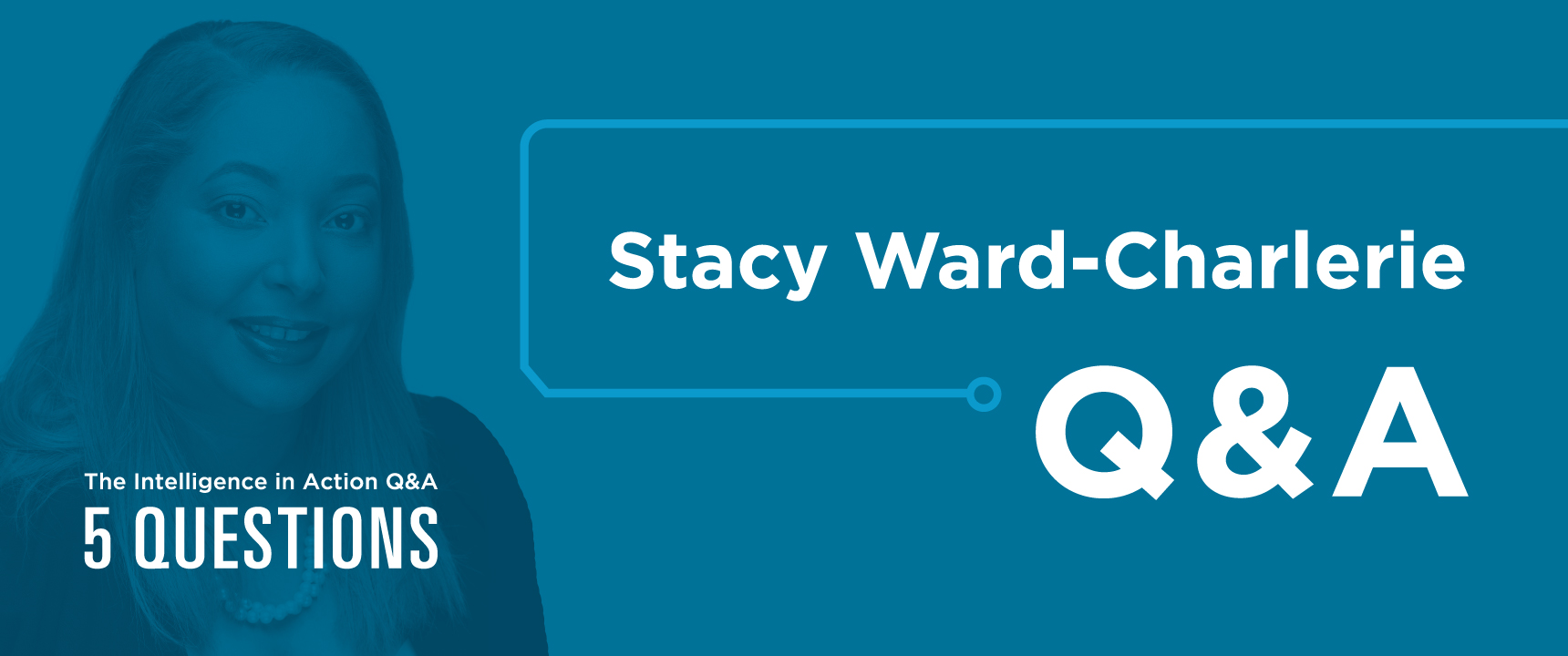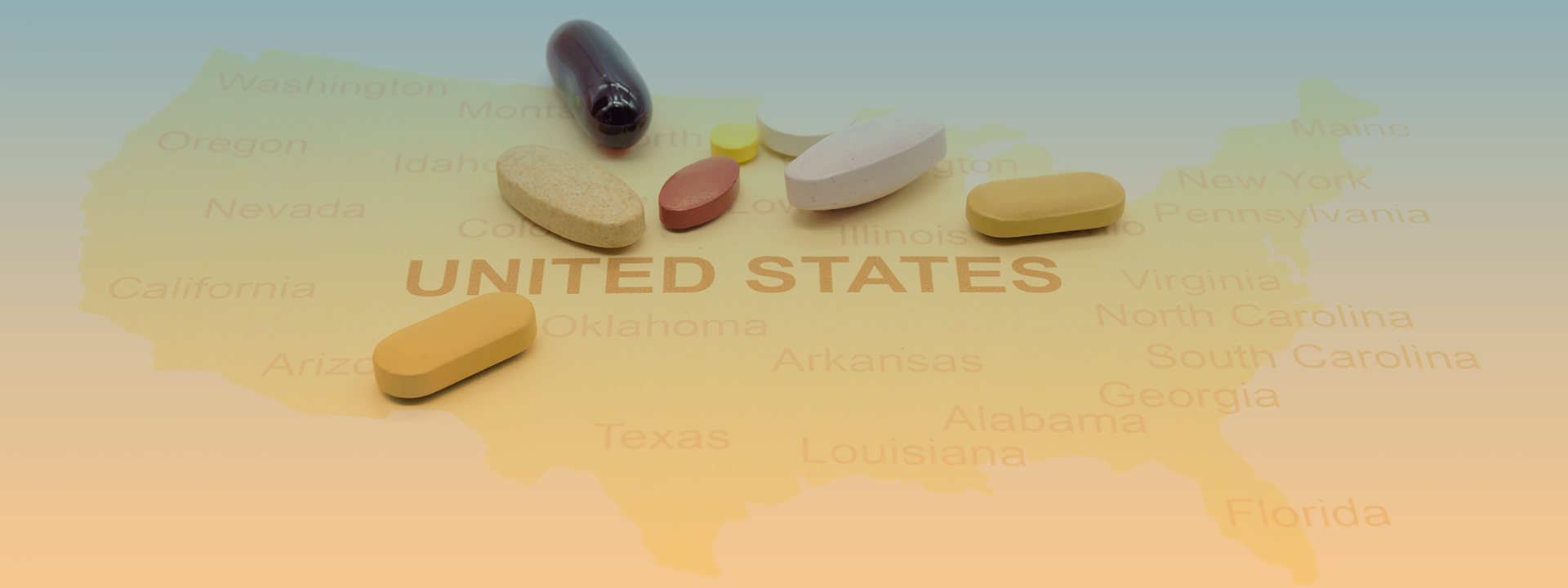Anyone who works in health IT knows how gratifying it is when we offer clinicians a tool that is so much better than old processes, and they run with it. And it’s especially transformative when technology replaces a manual process—one that absorbed a great deal of time and resources.
This is the case with medication prior authorization. The manual version is burdensome, unreliable and often causes patients to wait to pick up their needed prescriptions. The electronic version is better, faster and helps ensure that the medication is filled and waiting at the pharmacy as expected.
Read the press release: Health Plans and Pharmacy Benefit Managers Leverage Technology to Streamline Medication Prior Authorization for Virtually All U.S. Patients
While manual prior authorization is far from ideal, it does serve an essential purpose in healthcare. It is an important tool in managing things like opioid abuse. And it helps leverage health plan benefits efficiently to ensure quality care, reduce healthcare waste and control costs.
Last year, provider adoption of Electronic Prior Authorization grew by 128%, and transactions increased by 172% nationwide. Over the past 18 months, several national, regional and local PBMs and health plans have signed on, increasing the number of insured lives covered by nearly 20%.
The collaboration among participants in the Surescripts Network Alliance® means that virtually all patients can get their medications quicker and with less hassle. And for those of us in health IT, it’s the perfect case study for what happens when we align our resources at the intersection of innovation and patient care.


 Dean Riggott Photography
Surescripts
Dean Riggott Photography
Surescripts



